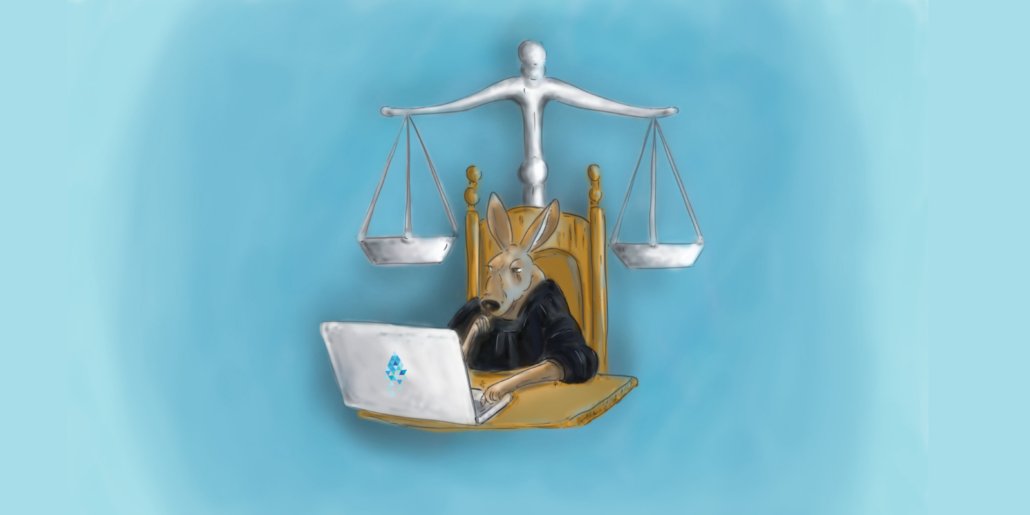When it comes to innovation, there is often too much to do and too little time to act. Across sectors, companies are experiencing a significant rise in demand for innovative products and services. Legal teams want products that perform better, offer new features, and are thoroughly tailored to their individual needs. As a result, product lifecycles are shrinking, while complexity increases. Meanwhile, novel and disruptive business models are radically changing the capabilities and technologies companies need to compete.
The legal technology and services market has grown a substantial collection of AI solutions over the past decade as the technology expanded across a variety of legal functions, including litigation, contracts, investigations, and automated reporting. While this has enabled many law firms and corporate legal teams to achieve results previously not possible, it has often stopped short in cases where a more tailored approach is necessary. Rather than being a hurdle to AI enablement, technology and service vendors should work alongside their clients to innovate for more customized offerings.
Rapid technological change has created talent surpluses in certain design and mechanical-engineering fields, while critical shortages remain in data analytics and software engineering. Together, these pressures drive legal teams to ask their vendors for further involvement in the innovation process and workload.
As many have found, however, successful vendor innovation is difficult to do well. Legal teams need a systematic approach to ensure success. It should address four major considerations:
- Strategic prioritization: In which product, technology, or process areas should we innovate with vendors?
- Partner selection: Who should be our innovation partners?
- Alignment: What are the incentives for both partners? How will we manage the risks?
- Infrastructure and governance: How will projects be executed and managed?
What sets vendor innovation apart from other collaboration activities is that it aims to enable entirely new sources of value. This might involve creating new products or services, finding novel ways to eliminate cost and waste, or using shared data to build new types of customer offering. Innovation involves a balance of risks and rewards that don’t always fit neatly into the transactional frameworks that define most vendor interactions. Instead, successful projects require a partnership between participants.
Client/vendor activities that are collaborative tend to build trust and subsequently foster vendor innovation transfer. There are, however, competitive activities in every client/vendor relationship that result in distrust, which negatively affects such transfers. For example, a legal team and its vendors may diligently and unselfishly work together to provide the highest-quality solution, thereby strengthening their mutual trust. But when the legal team asks the same vendor for price reduction, both parties will compete to steer the negotiation to their own advantage, and stress will be created in their working relationship. It is this relational stress and its accompanying distrust that cause vendors to limit the extent to which they will transfer innovations to the customer.
Legal vendor innovation offers much more than mental horsepower. Vendors can also offer value that companies might find difficult or impossible to generate in-house. For example, a vendor may have a significant head start in the application of a specific technology. Vendors based in regional markets may have an intimate understanding of local needs, aiding the development of attractive offerings for those customers. Working closely with a vendor from the initial development stages of an idea can unlock new opportunities to optimize costs or reduce total cost ownership.
The increased coordination between legal team and vendor results in the vendor’s more intimate involvement in the legal team’s business and greater motivation by both parties to invest further in the relationship. The coordination of time, effort and financial investments not only results in improved resource utilization but also increases switching costs for the legal team and vendor alike. That is, as coordination leads to other coordinating activities, the customer becomes increasingly more dependent on the supplier and the supplier on the customer.
The more the vendor becomes involved with and knowledgeable about their client’s needs, plans, strategies and product development programs, the more the vendor perceived that it can secure future business opportunities with their client through its innovation-related activities. The vendor is therefore more inclined to work on customer-related innovation activities, ultimately benefiting the customer as well as itself.
The bottom line is that today’s business models are more dependent than ever on complex collaboration for business innovation. The future will likely be won by those who don’t wait for light-bulb moments from a single genius, but rather develop highly collaborative win-win relationships that leverage the collective power of many. Companies will rely more heavily than ever on a small group of strategic suppliers that will be asked to help substantially reduce costs and risk but, even more important, to significantly boost the top line through more effective innovation.


